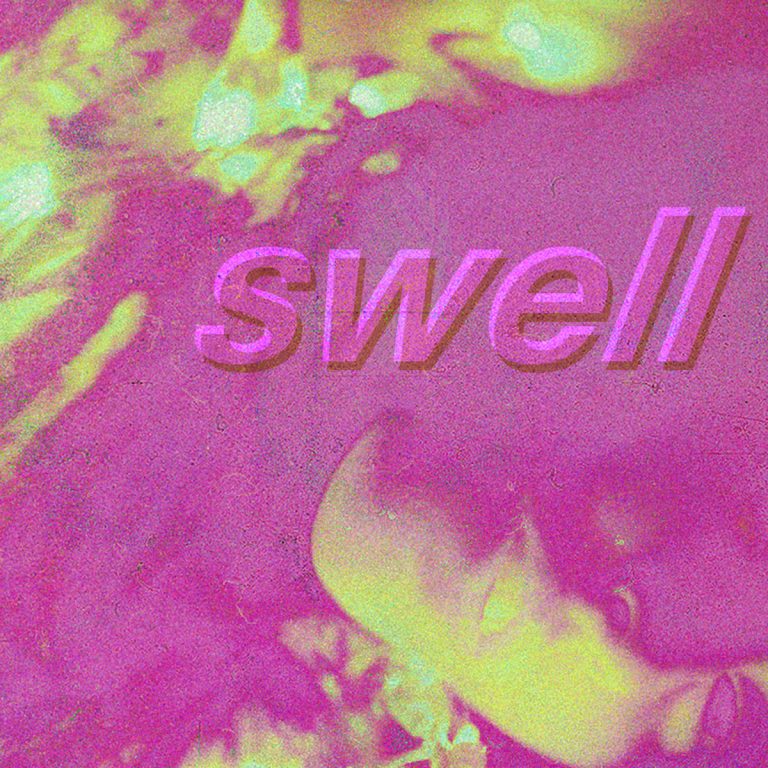One of the most bizarre recent occurrences in the art world surrounds the back-and-forth relating to Goya’s “Colossus” and the constant debate whether or not it is actually from the brushes of the famous Spanish master. After the Museo del Prado – where the work resides – hired their Goya expert Manuela Mena, the institution followed her recommendation, and in 2008 declared the piece a “botched job” (her words) done by the master’s apprentice, Asensio Julia. This lasted for 13 years, until in 2021 (three years after Mena retired the position), the museum re-attributed the work back to Goya. While the Prado was fairly shadowy about their reasoning then, by now a number of experts have come forward to collect further proof, among them a misattributed note for a Colossus-painting in Goya’s estate that could impossibly be his “Seated Giant”, and two brushstrokes in the corner of the painting that likely depict a number, as opposed to the signature “AJ”, which Mena claimed to identify.
The larger point here is that these strange debates in the art world often seem uncannily ego-driven – behind the veneer of expertise and academic research seems to hide a lot of subjective opinion and personal preference. And anyways – how can anyone who cares about art call this magnificent work a “botched job”? Time and time again, great paintings from masters have been dispatched as vulgar imitation or generic style-plagiarism, until modern technology and inquisitive eyes revealed them to be genuine masterpieces. This leads to the conclusion that great art has more to do with the stories we attach to them, the context we attribute, than the work itself. As a music critic, this is an especially delicate realisation, given how many modern artists rely on post-modern recreation of specific eras and aesthetics associated with prior periods and artists more innovative – or brilliant – than them. What if their work would stand free of context? Would we mistake it for the ‘real’ deal? Do we assess their quality in direct comparison to the original, or can it only be read within the contemporary landscape of their peers?
In the case of Animal Ghosts, these questions crossed my mind repeatedly. Portland’s shoegaze-acolytes somehow managed to release eight records in the last five years, of which six are branded as albums. Fashioning their sound after the sublime roaring of Kevin Shields’ magnum opus, some have derogatorily pointed at the shared vibe of the artworks and one-word song-titles – yes, the damned Loveless-ness of the entire venture.
But in reality, the project has managed to release one of the most consistently great bodies of work in the genre, rich in great songwriting and nailing the core energy necessary to make a name for themselves. With their previous work – the celestial Wallow – Animal Ghosts managed to sound more focused and ‘cleaned up’, abandoning some of their hazy delay for more differentiated production, allowing loud-quiet dynamics to enter the focus. On their new album, poetically titled Swell, they progress towards a more glacial Y2k sound, embracing similar aesthetics as millennial Smashing Pumpkins did on their most pristine and lesser known songs of that era. It’s an energy George Clanton also explores: semi-electronic meditations on trip-hop and alternative rock, that feel inherently hypnagogic. This is music from your dreams, embodying imaginary mixtapes!
“Spells” is the perfect example of this, an elegiac dance-track gifted with the warmth of your lover’s embrace, sapphire guitars cutting through the pink haze of shoegaze backdrop, as a lazy break-beat adds texture. It’s an immediate favourite and should be an easy choice for the 90s-hungry Zoomer TikTokers. “Swell” is equally spellbinding, aligning itself to Massive Attack and Unkle thanks to a devilishly groovy bass-line that pushes the song forward – at times, the piece feels like the soundtrack to an excised scene of Lost Highway. There’s also the heavy, grunge-tinged “Helium”, the jungle-laden opener “Wonder”, which could have fit well on the tail-end of mbv, and the startingly drumless ambient piece “Blur”, which provide a lot of form to Swell.
That said, many of the tracks feel clearly situated within the realm of a well-established aesthetic. “Closer” manages to recreate the sound of Loveless to such a degree that it almost distracts from the song’s punch, while “Bruise” marries signifiers of “Soon” to “Only Shallow”.
This isn’t so much an overall complaint, as an observation: had Animal Ghosts chosen to explore something more tonally distinctive, the record would feel more even and exploratory. Some of the best shoegaze albums – Souvlaki, In Ribbons, Head Over Heels – came from their creators’ willingness to embrace quietness and take unforeseen turns. Swell often dives headfirst into the lava-like noise of roaring guitars, which creates cohesion but won’t leave room for one of shoegaze’s greatest elements: sadness! Yes, there is much melancholia on this album, but one or two songs like “Dagger”, “My Love Paramour” or “Hair Shoes” would have highlighted a clear narrative structure through dynamic. If anything, it would allow short breaks from the wild noise of most tracks here.
But in this current form, Animal Ghosts have still managed to birth a mighty, loud, spectacular shoegaze record that captures many hints of their virtuosic talents. For those who appreciate the noisier and breakbeat-adjacent artists in the field – somewhere between Kraus and Curve – Swell might well be their favourite album this year. And indeed, if the context of the album’s origin was removed, it could easily be mistaken for a lost, obscure recording from the late 90s, abandoned in a studio basement, the ink on the CD-R all faded. Perhaps it would be mistaken for a master – but who’s to say they won’t be there in a few years?

